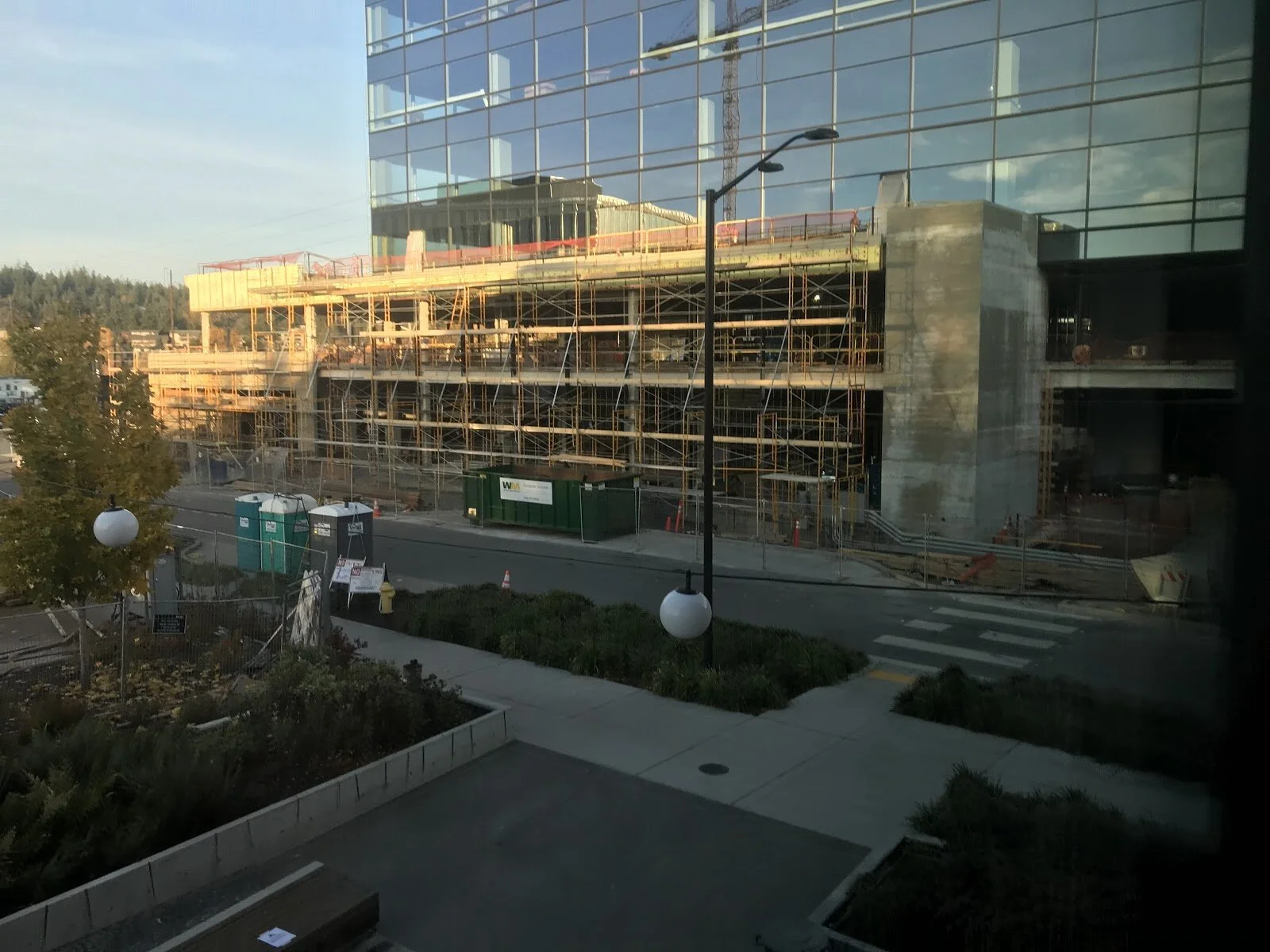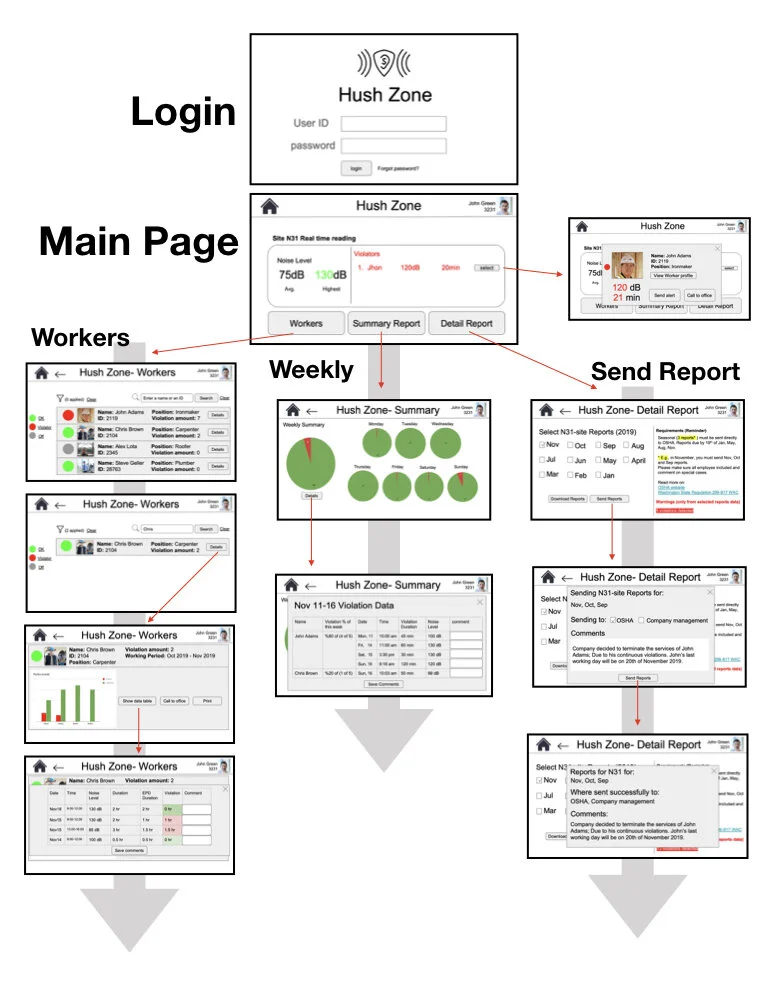Design Thinking
What is design thinking…
Design thinking is a mindset and toolkit which uses scientific methods to find optimal solutions to design questions. It’s a balance of business, technology, and user experience, while always keeping people at the center of it’s focus.
Below is a journal of a design thinking project I worked on as part of the Global Innovation Exchange masters program at the University of Washington.































